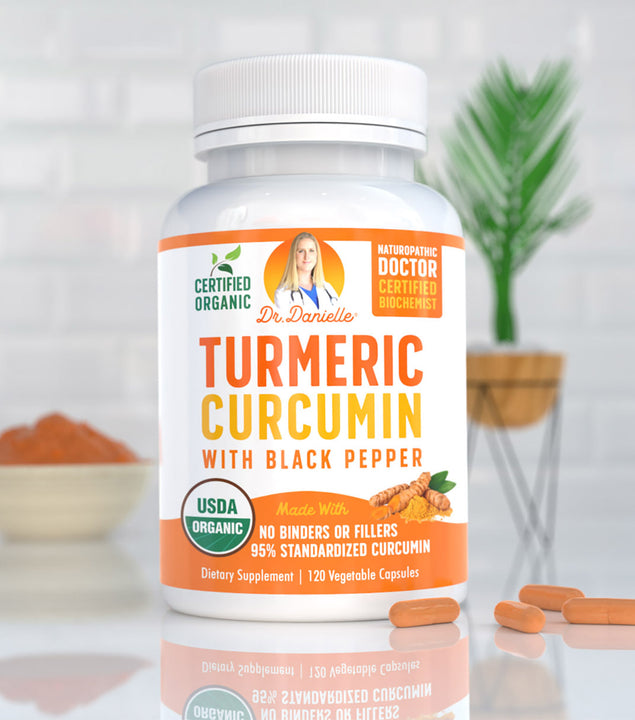You have probably heard about literally freezing unwanted fat off your body. Everyone seems to be raving about it. Hundreds of extraordinary claims about how "cryotherapy" has helped people shed off stubborn fat have made it among the top body slimming trends of today.
The concept of cryotherapy is certainly not new. In fact, physicians have been using it for years to get rid of any unwanted growths on the body like warts. However, it is only recently that this therapy has emerged as a potential treatment for other issues, such as weight loss. So you may be asking, what is cryotherapy? What are the benefits of cryotherapy? Does it really help you lose weight? To find out, let’s look a little deeper into the topic.
What is Cryotherapy, Anyway?

The term "cryotherapy" is a combination of two Greek words, "cryo" and "therapy", which mean "cold" and "cure", respectively. So combined, it refers to a process in which the body is introduced to subzero temperatures for different purposes.
While many people believe that cryotherapy sessions are only possible at spas and treatment clinics, that is not actually true. There are several methods to apply cryotherapy on your body, and some of them are as simple as using ice packs, ice massages, ice towels, frozen peas, or simply soaking the body in ice-cold water. [1]
The mastermind behind whole body cryotherapy was Professor Toshiro Yamaguchi who first used it on the patients with rheumatoid arthritis in 1978. Since then, this technique was taken up by many other scientists who studied it for other health benefits like weight loss.
What Really Happens in Cryotherapy?

With this kind of therapy, your entire body is exposed to subzero temperatures, The optimal cryotherapy temperature usually lies below -73 °F. This temperature is achieved in a specialized cryo-chamber with the help of refrigerated air and liquid nitrogen. During cryotherapy sessions, ideally you wear minimal clothing. However, you may be given gloves, socks, shoes, and covers for your mouth, nose, and ears.
Sounds scary, right? Don't worry. In a controlled environment, under a specialist's care, the entire process should be relatively safe, with the total duration of a single session lasting up to only four minutes.
What Happens to Your Body During Cryotherapy?

As soon as your body is exposed to subzero temperature, the temperature of the skins surface dips to 30.2 °F. As this temperature shift occurs, the body immediately recognizes it and activates all its cold sensors as a response.
A constant exposure to subzero temperature is a threat to the body as it can cause hypothermia and a fatal drop in blood pressure. To deal with this potential threat, the brain directs the body to constrict all the blood vessels supplying different groups of muscles such as the muscles of the hands and feet. The goal here is to limit the amount of blood going to “unnecessary” places and make it readily available for the vital organs needed to sustain life. [2] [3] Due to this vasoconstrictive processes, the body can raise its dropping blood pressure by up to 30 mm Hg. [4]
There is also something else that changes in your body during cryotherapy: the composition of your blood. When you are put under cold stress, the heart starts pumping blood with larger quantities of white blood cells to improve the chances of survival under the perceived threat. [5]
Of course, all these changes occur when your body is exposed to uncontrolled freezing temperatures with no definitive time limit. In cryotherapy, everything is well-regulated so, despite your body perceiving it as a threat, it is not actually a danger for you.
What Does Science Say About Cryotherapy?

Cryotherapy has received mixed reviews from the scientific community. The proponents of this therapy mainly rely on the claims of reducing inflammation with the help of this therapy. Multiple scientific studies have suggested these benefits, yet many believe that they are insufficient and still in the early stages of progress.
According to most scientists, the two most common reasons why people use cryotherapy are muscle recovery and pain relief. This is supported by an early 2000 study in which whole-body cryotherapy successfully provided relief from pain due to rheumatoid arthritis. [6] Scientists have also been speculating the potential benefits of cryotherapy in the prevention of dementia, possibly due to its anti-inflammatory effects. [7] A similar anti-inflammatory hypothesis has led to multiple research bodies looking into cryotherapy as a potential treatment for other mental disorders like anxiety and depression. [8]
The claims of cryotherapy regarding the treatment of multiple problems and diseases are still under investigation. Despite facing a certain degree of negativity, there are multiple studies out there that prove its efficacy in treating several health problems, and positive research is only growing.
Cryotherapy Weight Loss: Is it Really a Thing?

Cryotherapy has recently come in the limelight because of its ability to help you lose weight. But is it true?
Yes. It is not only true but also well-supported by scientific evidence. Cryotherapy can freeze all the fat cells in your body, eventually killing them off. The liver then filters these dead fat cells from your body, eventually leading to weight loss.
Here are some scientific proofs in favor of cryotherapy fat loss:
- Research has revealed that exposing your body to temperatures as low as 62.5°F for two hours every day for at least six weeks can help you get rid of 2% of the total body fat. [9]
- Another study compared the effect of exposure to cold as well as warmer temperatures on participants for four months. During the four months, the participants were exposed to three different temperatures, including 66.2°F, 75°F, and 81°F. The researchers concluded that exposing the body to cooler temperature triggered more weight loss in people as compared to warmer temperatures. [10]
- A study focused on the effects of whole-body cryotherapy at temperatures up to −229°F found that exposing your body to such a low temperature every day for three minutes aids in recovery from exercise. This process was also found to minimize the side effects of reactive oxygen species which would otherwise lead to weight gain. This study proved that cryotherapy enables the human body to exercise more and recover from it more quickly, leading to more effective weight loss. [11]
- Research has suggested that performing cryotherapy for a long time induces thermogenesis, a process that can help you lose weight by 3 percent on average. [12]
How Much Can You Burn with Cryotherapy?

Now that you know about the benefits of whole-body cryotherapy, especially for weight loss, you might be wondering how many calories can you burn with the help of this technique. To understand this, you must first familiarize yourself with how cryotherapy session works for weight loss.
A cryotherapy-directed weight loss program has one basic goal: increase your metabolic rate. For this purpose, your therapist may advise you to combine these regular cryotherapy sessions with healthy eating and adequate exercise.
As mentioned before, once you go through a cryotherapy session, your brain directs the body to rush all the blood to your vital organs to increase the basal heat and prevent hypothermia. In turn, your metabolic rate is significantly increased. In doing so, your body utilizes a significant amount of energy to heat itself and this heat can help you burn calories.
If you get regular whole-body sessions, cryotherapy can help you burn around 2000 to 3000 kilojoules of energy. That roughly equals to somewhat between 500 to 800 calories per session. In simpler words, 2 minutes of cryotherapy can provide you with benefits similar to a 45-minute run. Not to forget the added benefit of the "good feeling" that cryotherapy provides you since it triggers the release of endorphins, the "happy hormones" of your body.
How Often Should You Do Cryotherapy?

Regular cryotherapy sessions are recommended to experience a sustained and visible weight loss effect. Additionally, these sessions must be paired with a healthy diet and adequate daily workout for cumulative benefits. The exact number and frequency of cryotherapy sessions can vary based on individual weight, current health status, and weight loss goals. Based on these factors, you can get your cryotherapy sessions plan.
How Much is Cryotherapy For?

Because many high-profile celebrities and athletes use cryotherapy, you might have an idea that this treatment is rather pricy. And you are not wrong. A single therapy session usually costs between $50 to $100, however, the exact price varies from market to market. There are different ways to save on cryotherapy while still getting all the benefits. Many salons and spas offer a package or a monthly membership that includes multiple sessions at reduced prices.
Concluding Thoughts

Cryotherapy has become the talk of the town recently, and for all the right reasons. This apparently simple therapy where you expose your body to subzero temperature can help you lose weight and aid in workout recovery, with limited risk or side effects.
So what are you waiting for? If curious, work out a personalized cryotherapy plan at a nearby therapy clinic. Discuss with them if you are pregnant, have a pacemaker, cardiovascular disease and see if cryotherapy is right for you.








